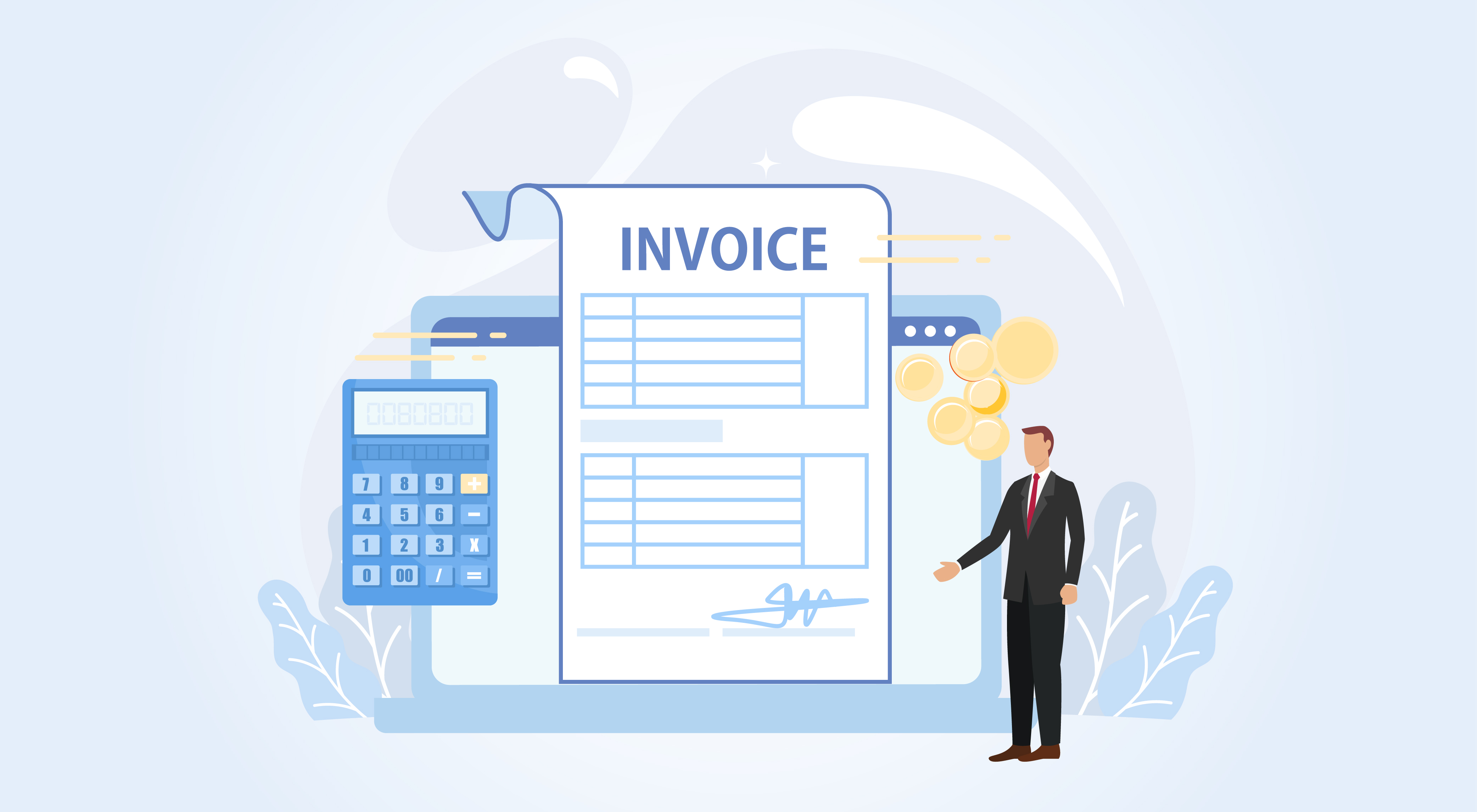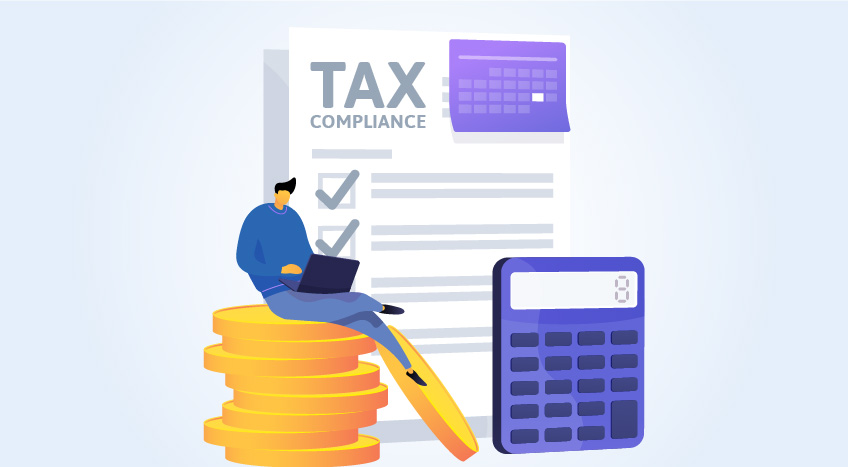- What is an internal audit?
- Internal Audit Process
- Assessment Techniques
- Analysis Techniques
- Reporting Procedures
- How can TallyPrime help?
Business experts as decision-makers know the value of the internal audit, so they give it enough time to focus on and execute. Since they understand the role of an internal audit they know what to expect and the potential pitfalls to avoid. This provides ease and gives them a much more pleasant and valuable business experience.
What is an internal audit?
Internal audit is an independent, objective assurance and consulting activity to evaluate a company's internal controls, including its corporate governance and accounting processes. It is designed to add value and improve an organization's operations and ensure compliance with laws and regulations and help to maintain accurate and timely financial reporting and data collection.
It helps any business to accomplish its objectives by bringing a systematic, disciplined approach, and identifying problems and correcting lapses before they are discovered in an external audit
Internal Audit Process
- Assigning internal auditors, identify a department, scope, and objectives of the audit
- Internal auditors gather an understanding of the business area under review, the current internal control process, measurements, and key transaction types
- Internal auditing document phase, to review and check documents under the audit scope
- Internal auditing staff phase, to review procedures and process control with department staff
- Preparing an official audit report describing in detail the key risks facing the business activities within the scope of the audit
- Review the audit report with the management, and follow up with the board of directors as needed to ensure recommendations have been implemented
Assessment Techniques
- Indirect assessment techniques, such as reviewing flowcharts, manuals, departmental control policies, or other existing documentation and fieldwork testing
- Direct assessment, via a direct discussion with department staff and interviews with the department team, and follow up with department staff about identified issues
Analysis Techniques
- Vouching: Verifying accounting transactions with documentary evidence checking the authority and authenticity of records
- Confirmation: Validating the correctness of the transactions and transaction matching
- Reconciliation: To know the reason for differences in balances
- Testing: Testing random data or target specific data if an auditor believes an internal control process needs to be improved
- Physical Examination: Verification and confirmation of the physical existence of tangible assets and physical inventory count as appears in the balance sheet
- Analysis: Segregating important facts and to further studying their relationship
- Scanning: This includes scanning accounts books to identify those entries which would require attention
- Inquiry: To collect in-depth information about any transaction
- Verification of Posting: To verify posting from books of original entry to ledger account and confirm the balance
- Flow Chart: To determine the stages of the transaction and the generation of documents at all levels of transactions
- Observations: To get an idea about the reliability of the process and the procedure of the organization
Reporting Procedures
Internal auditors issue a formal report and may include a preliminary or memo-style interim report. The audit report summarizes significant findings, recommendations, or action plans for the management and the board of directors.
The audit report usually has clear and smart answers to the following questions:
- What is the problem identified?
- What is the standard that was not met?
- Why did the problem occur?
- What is the risk/negative outcome (or opportunity foregone) because of the finding?
- What should management do about the finding? What have they agreed to do and by when?
How can TallyPrime help?
Internal auditors can find their job easier and more efficiently in a business using TallyPrime smart and integrated solutions.
TallyPrime can give you a view of all business insights in one place with a wide variety of insightful business reports in the blink of an eye. It is engineered to keep all the reports ready as and when transactions are recorded, and insights are right there, exactly when you need them, that help to assess the performance of the organization.
Additionally, TallyPrime can help your internal auditors with its flexible inventory management system to handle exceptions so that no crucial information stays outside the system. A variety of inventory reports such as stock summary, aging analysis report, item-wise profitability, etc. are supported.
Explore more Products
Inventory Management Software, Accounting Software, ERP Software, VAT Software
Learn more
Accounting Vs. Auditing, Importance of Fixed Assets management for your Business, Difference Between Regulatory, Statutory and Performance Audit, Different Methods of Obtaining Audit Evidence, What is Accounting Diversity?, What is Financial Auditing?, What are Financial Statement Notes?, What are Accounting Policies?, What is Accounting?
How to Choose a Business Management Software in Saudi Arabia?, How Does Payroll Management Work in Oman?, How Expo 2020 will impact the economy of UAE?, How Dubai’s Incubators Have Been Aiding Start-ups for Growth and Expansion?, How to Choose the Best Free Zone for Your Business in UAE?
Checklist to Register for Trademark in the UAE, Advantages of Renting an Office Space in Dubai, Guide to Obtain an Import/Export License in Dubai, Checklist to Register a Company in Dubai, Guide to Setup a Branch Office in Dubai









